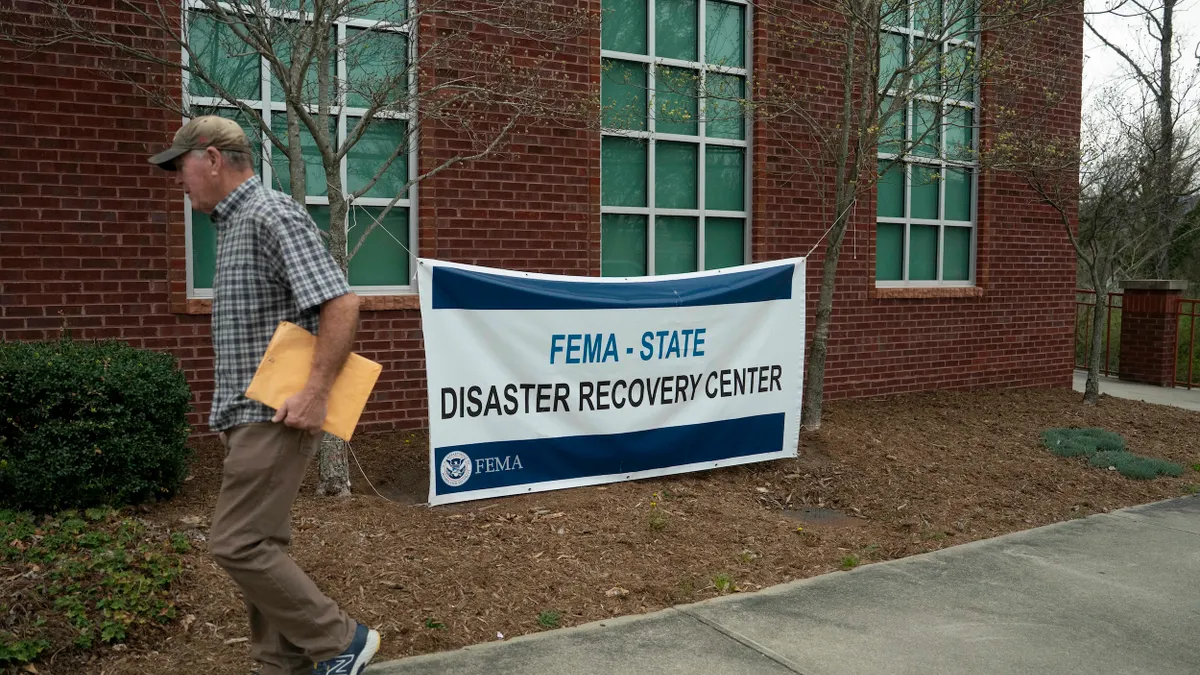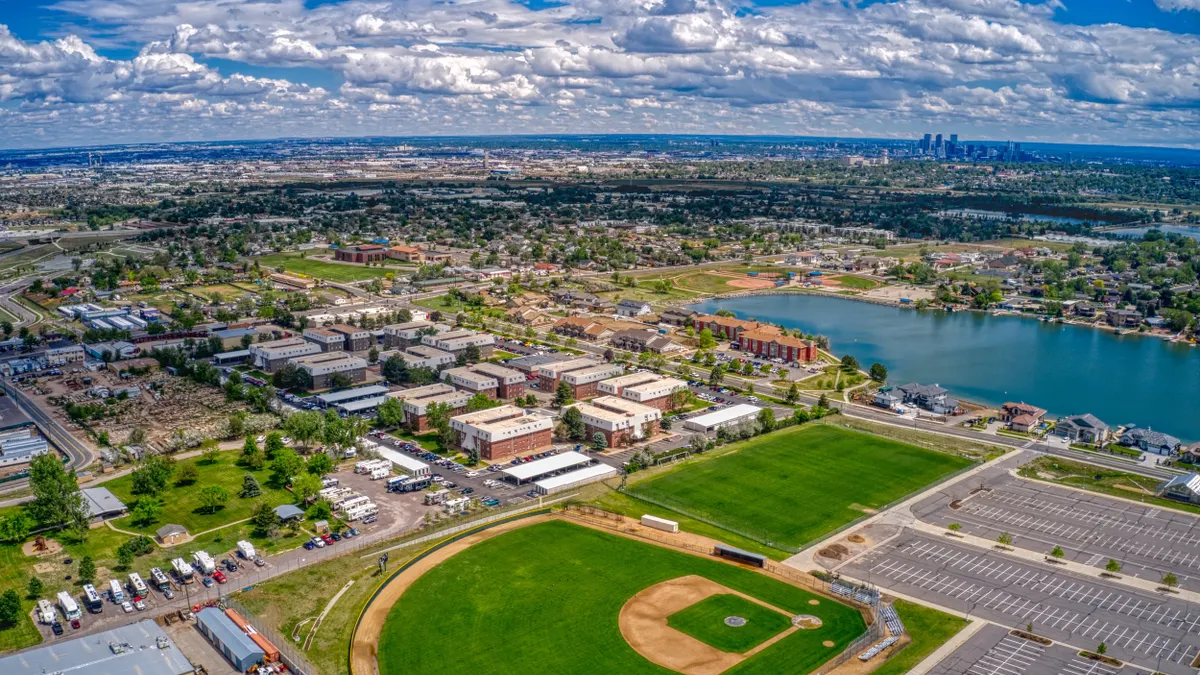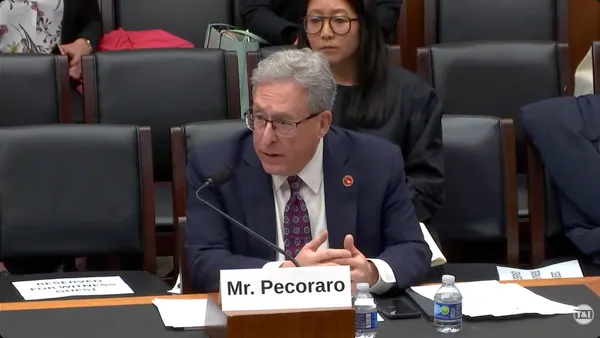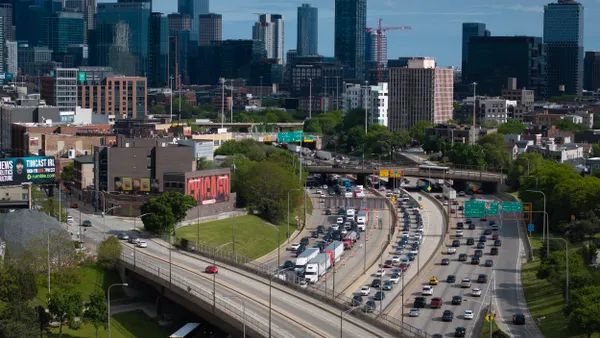Digital twins’ use in construction management goes back about a decade, but project leaders might not realize the many roles they can play. Bibhuti Aryal, Bentley Systems senior director of transportation, described in an interview with Smart Cities Dive how his infrastructure engineering software company has used them in big transportation infrastructure projects to help the public, local leaders and project managers.
Build public buy-in. In the Fredericksburg, Virginia, area, traffic on Interstate 95 often slowed to a crawl, especially at peak travel times. The fix would be complex: converting three southbound lanes of I-95 to serve local traffic, adding three new southbound lanes for through traffic, building a new bridge over the Rappahannock River and raising the height of two other bridges. Lead design firm Johnson, Mirmiran & Thompson brought Bentley in to develop a digital twin of the proposed project, allowing stakeholders to visualize it online.
“A visual representation of what's happening is easy for everybody to understand, whether it's the government that's funding it [or] whether it's the public that's going to be impacted by it,” Aryal said.
Avoid design errors. Because a digital twin model can include geographic, topographic and subsurface information, it can help avoid design errors that increase construction costs and delays, Aryal explained. “It makes all of the information available and in context so that when you're making a planning decision, you have the best information in front of you,” he said.
The New York State Department of Transportation used a digital twin for public outreach and as the primary contract document when the six-lane East 138th Street Bridge in the Bronx borough of New York City needed replacement. The bridge, built in 1938, carries over 150,000 vehicles daily and has bike paths and pedestrian sidewalks. Designers faced complex traffic, utility, geotechnical and structural challenges, a Bentley Systems case study said.
More than 180 reviewers across 15 agencies were able to review and comment on a three-dimensional digital model of the proposed new structure. The $65 million project is under construction, according to the state DOT.
Centralize data collection, monitoring and maintenance. “Infrastructure is also a living organism,” Aryal said. A digital twin can carry on beyond the construction phase to future maintenance. Sensor data and information from on-site inspections can be fed into the digital twin to help understand how a bridge, tunnel, road or railroad is performing, he added.
Aryal recommends that planners and designers new to digital twins start with using them on a smaller project, which would help them understand the data needs and how to validate data quality and manage data governance. However, “the biggest value is obviously on the megaprojects,” he said.











